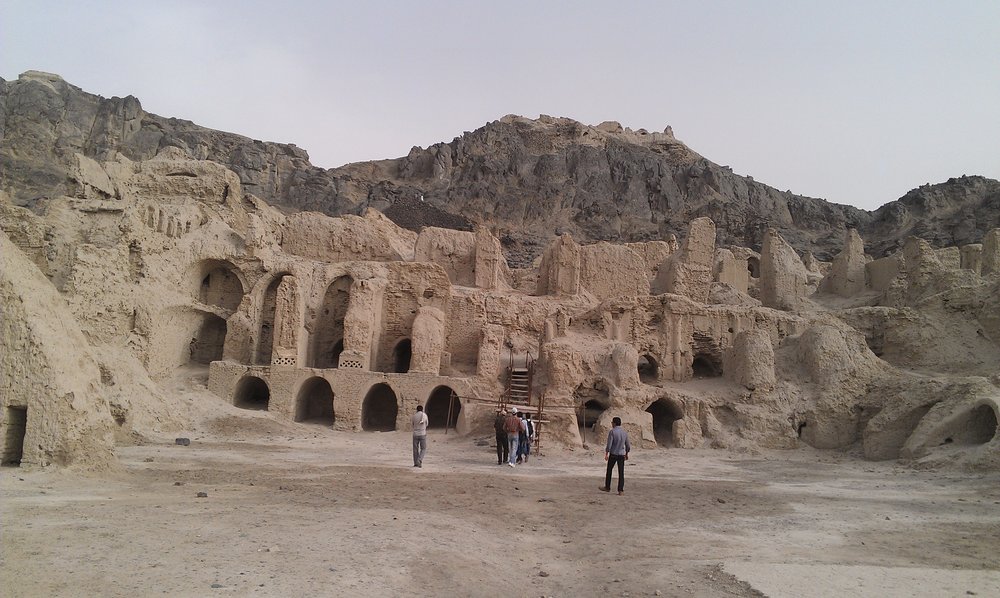Restoration plan to help bring Mount Khajeh back to glory

TEHRAN - Iran plans to carry out an extensive restoration project on some ancient fortress and palace complexes that are nested on Mount Khajeh in Sistan-Baluchestan Province, in a bid to bring back the southeastern historical site to its former glory.
“The Cultural Heritage, Tourism, and Handicrafts Organization has a comprehensive plan to restore the [ancient fortresses around] Mount Khajeh,” Kambiz Moshtagh-Gohari who presides over the CHTHO provincial department said on Monday.
The site is located 30 km southwest of Zabol, a city in Sistan-Baluchestan Province.
Currently a team of Italian archeologists and experts are surveying the region in order to develop a study and research agenda and to prepare some comprehensive 3D laser mappings, the official added.
Also known as Ushida, the flat-topped mountain sprawls amidst Lake Hamoun, resembling a fortified island in appearance. It encirclements a giant model of unbaked mudbrick architecture that includes a pilgrimage center and a graveyard as well.
Experts say constructs on the southern slope date back to 1st century BC while the oldest and by far the most important ones stand on its eastern slope.
Hamoun: A UNESCO Biosphere Reserve
In March 2016, the International Coordinating Council of UNESCO’s Man and the Biosphere (MAB) Program added Hamoun and 19 other sites across the globe to the World Network of Biosphere Reserves during its meeting in Lima, Peru.
The biosphere reserve includes terrestrial and wetland ecosystems with a total of seven habitat types, including desert and semi-desert areas, as well as Hamoun Lake, with its marshlands and watersheds.
The three wetlands of the biosphere reserve are the most important in the region. The area is a hot spot for migratory birds (183 species) and home to 30 mammal species, and 55 plant species. The site is also valuable culturally due to the presence of important historical monuments and ancient temples such as Mount Khajeh and Shahr-e-Sukhteh (Burnt City).
Burnt City: A UNESCO World Heritage site
Adjacent to Mount Khajeh is the ruins of Burnt City, itself a UNESCO World Heritage site that was thriving in the Bronze Age.
Founded around 3200 BC, the city was populated during four main periods up to 1800 BC, during which time there developed several distinct areas within the city. These include a monumental area, residential areas, industrial zones and a graveyard.
The CHTHO announced earlier this month that researchers from Iran and Italy have commenced a large-scale interdisciplinary research to provide clearer picture of life and urban settlement in there.
Known as Shahr-e Sukhteh in Persian, the site is situated at the junction of Bronze Age trade routes crossing the Iranian plateau, remains of the mud brick city bear witness to the emergence of the first complex societies in eastern Iran.
The world’s oldest animated picture, as well as the earliest-known dice, backgammon set, caraway seeds and artificial eyeball are among the most significant discoveries at the Burnt City.
An undated photo above shows people visiting the ruins of an ancient fortress on the foothills of Mount Khajeh in southeastern Iran.
AFM/MG
